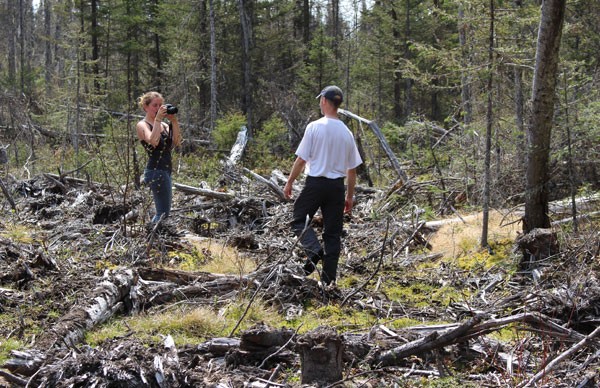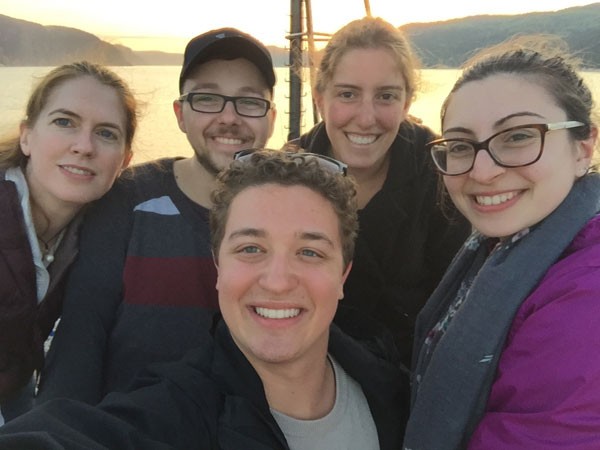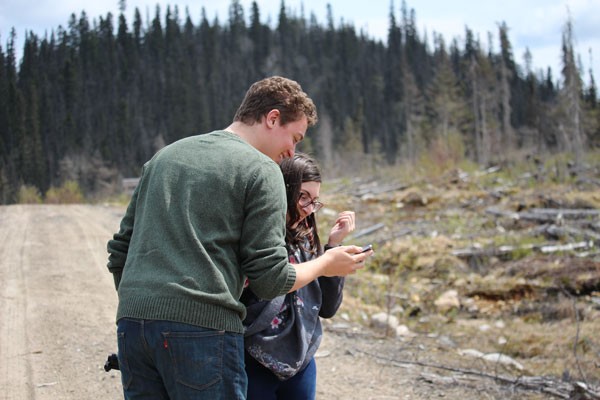The brown insect — which resembles a caterpillar and turns into a moth — destroys trees and is seeing increased numbers.
“I knew I wanted to do something with climate change and the forestry industry,” says Sonntag. She had the idea in tow when her residency at Concordia’s Department of Journalism commenced in January 2016.
Her group’s project involved compiling scores of numbers — a process known as “data journalism” — to guide the piece.
“Data doesn’t mean there aren’t people. In fact it’s the opposite,” she explains. “You’re delving into the data to find out what’s really going on — not just people’s opinions.”
Quebec’s coureur des bois history points to the forestry industry as being an economic mainstay. The consequences of a flagging lumber yield were meticulously explored by Sonntag and her seven students — five of whom travelled with her to Baie-Comeau.
Their 7,000-plus-word article — Attack of the Budworms — was 10 months in the making and was published by The Walrus magazine on November 15.
On assignment
Once per week during the 2016 winter semester, students met with Sonntag, earning credit toward their journalism degrees in the process. By the time their two trips north took place — one in March, the other in May — the students had sifted through countless tranches of data and compiled a multitude of interviews.
“It came down to looking at numbers and finding the story within that,” says Casandra De Masi, BA 16, one of the students in Sonntag’s cohort. De Masi went on both trips up north, which were voluntary and did not count toward course credit.
 Michelle Pucci takes a photo of an interviewee while on assignment. | Photo credit: Michael Wrobel
Michelle Pucci takes a photo of an interviewee while on assignment. | Photo credit: Michael Wrobel
 Patti Sonntag, Michael Wrobel, Gregory Todaro, Michelle Pucci and Casandra De Masi | Photo credit: Greg Todaro
Patti Sonntag, Michael Wrobel, Gregory Todaro, Michelle Pucci and Casandra De Masi | Photo credit: Greg Todaro
 Concordia journalism students Gregory Todaro (left) and Casandra De Masi in a logged area north of Baie-Comeau, Que. | Photo credit: Michael Wrobel
Concordia journalism students Gregory Todaro (left) and Casandra De Masi in a logged area north of Baie-Comeau, Que. | Photo credit: Michael Wrobel